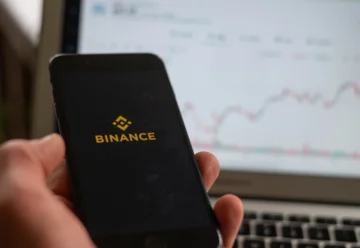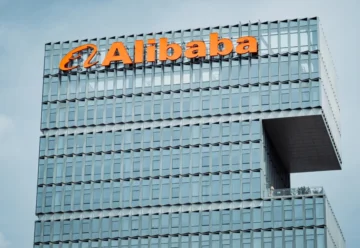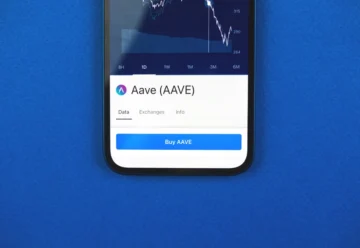Andreessen Horowitz Highlights Utility Tokens as Growth Tool for Web3 Projects

Analysts at a16z crypto published an article, describing utility tokens as an underappreciated type of digital asset capable of driving user base growth and strengthening network effects in crypto projects.
Analysts at a16z crypto, the crypto-focused branch of venture fund Andreessen Horowitz that invests in blockchain startups, released an article dedicated to utility tokens, referred to in the piece as “arcade tokens.” These are digital assets functioning within a product or service ecosystem, maintaining relatively stable value and not intended for speculation. According to the analysts, this type of token can become a key component of scaling Web3 projects by directly engaging users and shaping the platform’s internal economy.
In the article, a16z crypto analysts divide tokens into seven categories:
- Network tokens. Used to operate a blockchain or Web3 protocol, pay fees, participate in consensus, staking, and project governance. Their value depends directly on network activity.
- Investment tokens. A digital equivalent of stocks or bonds that gives the holder a share or income rights, and therefore falls under securities regulations.
- Company-backed tokens. Assets tied to the activities of a specific company or project. Their value and utility depend on the success of the business, with governance usually centralized.
- Arcade tokens. Designed for use within a product or service ecosystem to incentivize user activity.
- Collectible tokens. Unique digital items, such as NFTs, whose value is determined by rarity, cultural significance, or collector demand.
- Asset-backed tokens. Backed by real or digital assets — fiat currency, gold, real estate. Their value is directly tied to the underlying asset.
- Meme coins. Based on community and viral popularity rather than utility. Their value is mostly speculative and driven by audience attention.
The authors emphasize that arcade tokens are the least researched and most undervalued category of digital assets. They liken arcade tokens to the digital equivalent of assets used in various marketing programs, such as airline miles, loyalty points, or in-game currencies. These tokens are deployed on public blockchains, ensuring openness, programmability, and interoperability.
According to a16z crypto, projects can issue such tokens to encourage user activity and create network effects without relying on external funding or speculative demand. Dynamic control over the supply and price of arcade tokens, the authors argue, allows projects to adapt their economies to shifts in user activity. For example, token issuance can be increased when user numbers grow, and reduced or directed toward user retention during slowdowns. The analysts insist that Web3 projects can build a sustainable ecosystem on arcade tokens, using them as tools for growth and engagement rather than as financial assets.
They also stress that arcade tokens aren’t designed to generate investment profit, distinguishing them from network and corporate tokens. Therefore, the authors suggest that arcade tokens can fall outside securities regulation.
More details about different types of tokens can be found in a special article at CoinsPaid Media.











